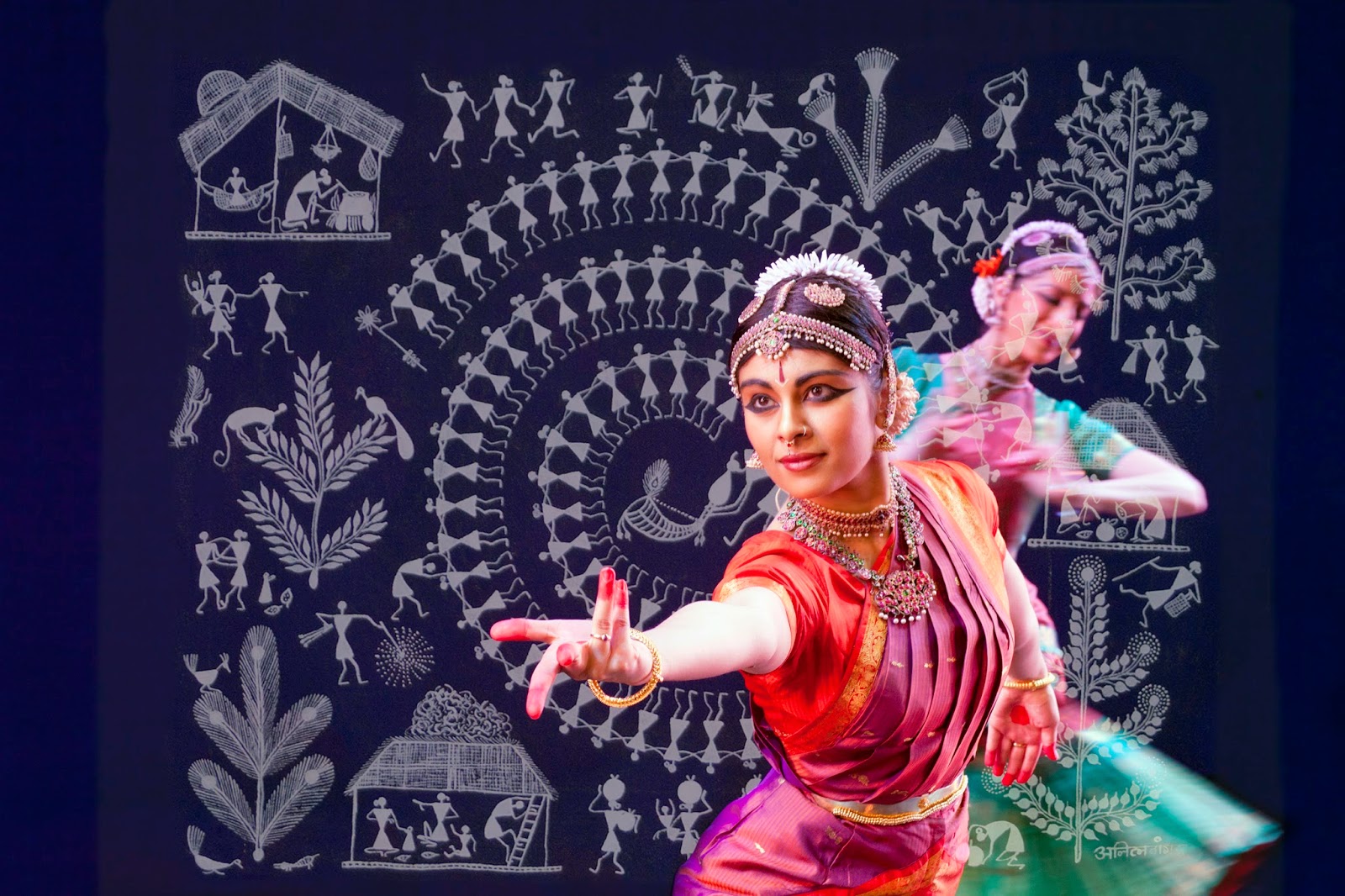"The Swiss gave us the Cuckoo Clock" is a line from the movie "The Third Man" that was delivered with such bravado moviegoers missed the big mistake. "The Third Man" is November's selection for the CLASSIC MOVIE SERIES shown at the Edge Center in Bigfork. Produced in 1949, the movie is Carol Reed's mystery-thriller-romance brought to the big screen about a man-hunt in Allied-occupied Vienna. It is one of the greatest film-noir movies ever and is accompanied by very unique music that may stay with you long after leaving the theater. Shown by Jack Nachbar at The Edge Center in Bigfork on November 13th at 6:30PM free of charge it is accompanied by Jack’s presentation providing a better understanding of the film and the film industry at the time period of the picture. Of course there will be a cartoon of the same period to lighten you up a bit at first.
The "Swiss Cuckoo Clock" Speech is in a famous scene where Lime meets with Martins on the Wiener Riesenrad, the large Ferris Wheel in the Prater amusement park. Looking down on the people below from his vantage-point, Lime compares them to dots, and says that it would be insignificant if one of them or a few of them "stopped moving, forever".
Back on the ground Lime says, "You know what the fellow said--in Italy, for thirty years under the Borgias, they had warfare, terror, murder, and bloodshed, but they produced Michelangelo, Leonardo da Vinci, and the Renaissance. In Switzerland, they had… five hundred years of democracy and peace and what did that produce? The cuckoo clock." Later it was said, "When the picture came out, the Swiss very nicely pointed out...they've never made any cuckoo clocks," as the clocks are native to the German Black Forest. Reference: http://en.wikipedia.org/wiki/The_Third_Man
Joseph Cotten's early work as a theater critic in Virginia inspired him to eventually work on theatre productions and by the time he was 25, he was on Broadway. Four years later he would meet the person who would be his dear friend and work partner many times in the years to come: fellow actor Orson Welles. They met on the CBS Radio production of The American School of the Air and went on to work in Welle's Mercury Theater Company in New York for years. They collaborated time and time again, most famously in Citizen Kane and The Third Man. In addition to Welles, Cotten worked with Alfred Hitchcock in film and his Alfred Hitchcock Presents features. Cotten starred alongside many of Hollywood's leading ladies including Betty Davis, Marilyn Monroe, Ingrid Bergman, Rita Hayworth, and Marlene Dietrich. In The Third Man, Cotten is paired with glamorous actress Alida Valli.
Reference http://en.wikipedia.org/wiki/Joseph_Cotten
Christened the Baroness Alida Maria Laura Altenburger von Marckenstein u. Frauenberg, the Italian actress was better known as Alida Valli or sometimes just "Valli" to bring in the mystique of “Garbo”. She appeared in more than 100 films. In The Third Man, she plays the love interest of Lime. By her early 20's she was regarded as one of "the most beautiful women in the world" and had made her debut in English speaking films after a great deal of success in Europe. Touted as the next Ingrid Bergman, she had trouble with English and never achieved the same success as Bergman in America but went on to star in European movies and stage productions into her 80's. Reference http://en.wikipedia.org/wiki/Alida_Valli
Reference: http://en.wikipedia.org/wiki/Orson_Welles
The Zither Tops the Music Charts? Well, yes and it too is a star of this movie. The title score was called "The Third Man Theme" and it topped the international music charts in 1950. The then-unknown performer, Anton Karas wrote and performed the score which used only the zither, a traditional German string instrument. Zithers are played by strumming or plucking the strings, either with the fingers (sometimes using a tool called a plectrum), or sounding the strings with a bow. The number of strings varies, from one to more than fifty. It was a unique choice by the director and made film music history.
So come see or hear, the Zitter, and all the rest of the stars in “The Third Man”. They will help you appreciate film noir with its dark landscapes, sharp angles and brooding atmosphere. All of which could not be done as well in color and is best seen on the big screen where it really belongs. This movie is presented free of charge and some appropriate snacks courtesy of Jack and his wife/projectionist Lynn. Place: The Edge Center for the Arts, Bigfork. Date and time: Thursday November 13th at 6:30PM. Price of admission: free.





























